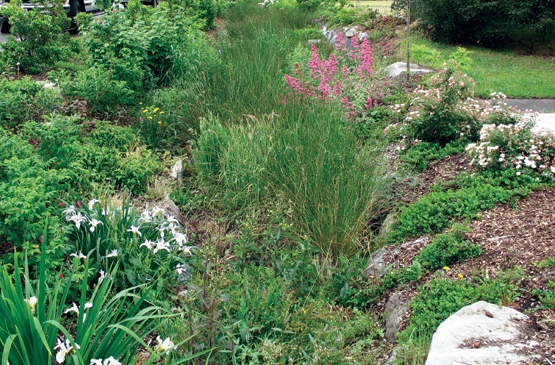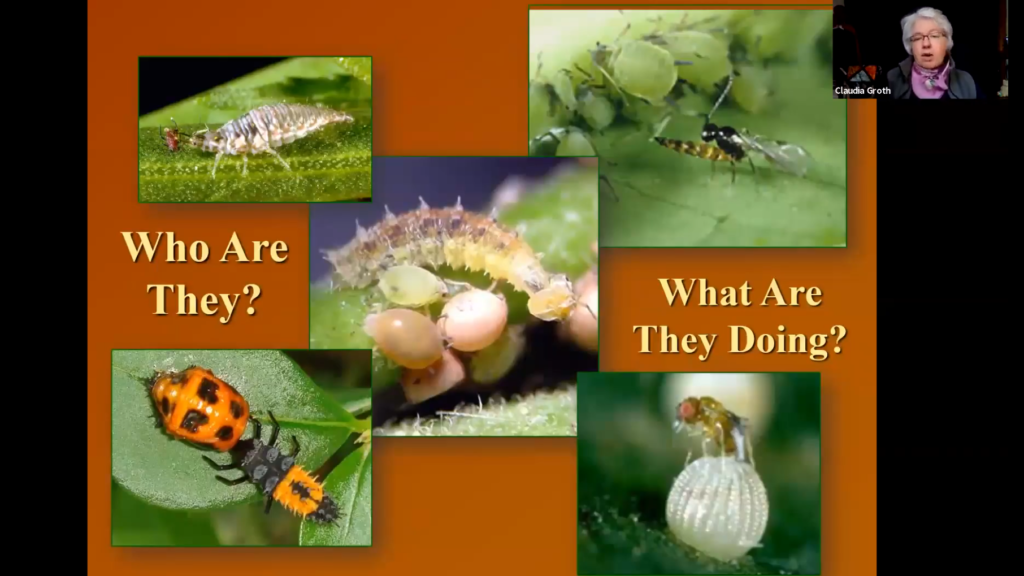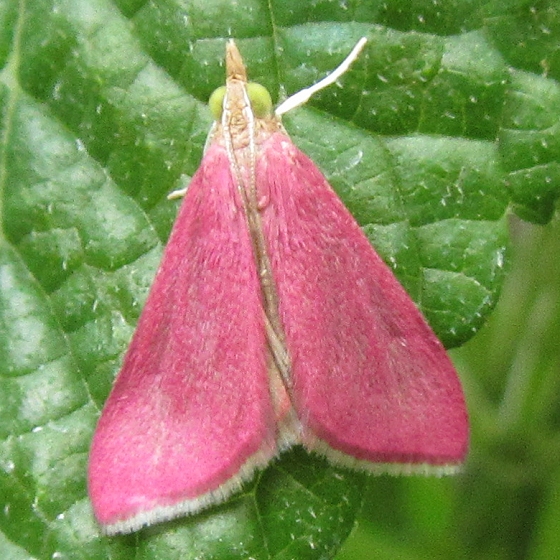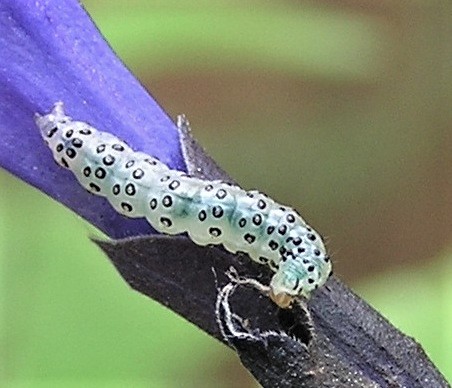
‘A late summer garden has a tranquility found no other time of year’
William F. Longgood
As summer wanes, we hope that you have moments to find tranquility in a garden, solace listening to the cricket’s evening song, satisfaction eating a homegrown tomato or delight appreciating glorious summer blooms. Most especially we hope that you are yours are safe and well.
2020 Volunteer Requirements Waived
September is traditionally the end of our Master Gardener year (October 1 – September 30) when we collect reports of volunteer service hour. As announced in previous newsletters, due to the pandemic, we are waiving all Perennial Master Gardener volunteer service requirements for 2020.
Although volunteer requirements are waived, we still would like you to tell us about your service hours so that we can celebrate and share your contributions with OSU. In lieu of submitting a volunteer log this year, please complete the brief survey which we will send out next week. No need to submit a volunteer log sheet this year. Via the survey, you will simply report your total Program and Partner hours, along with your Continuing Education Hours and any produce donations you made to area food banks.
For our 2020 Master Gardener trainees we are extending the deadline for your training requirements until September 30, 2021. We are looking forward to a time when we can introduce you to a wide variety of volunteer activities where you can apply and expand your gardening knowledge.
Master Gardeners Sowing and Growing in 2021

So, what’s sowing and growing for OSU Master Gardeners in 2021? We are pleased to share the news that exciting new programing will be offered to Perennial Master Gardeners around the state, including our class of 2020 trainees. This is an opportunity for Master Gardeners to enhance your gardening know-how “via a combination of self-paced learning and live webinars and online conversations with OSU experts.” Learn more about this innovative new curriculum, that will be offered starting in January of 2021 HERE.
Garden Webinar Series Continues
Our metro area Garden Webinar Series continues into September with two great offerings from the East Multnomah Soil and Water Conservation District.
Friday, September 11, 1PM
Naturescaping and Native Plants for Wildlife Learn the basics of designing a landscape to reduce water use, decrease stormwater runoff and improve habitat for local wildlife. We’ll cover the core concepts of Naturescaping, explore the many benefits of gardening with native plants, and highlight the characteristics and desired growing conditions of many favorite native trees, shrubs and groundcovers.

Friday, September 18, 1PM
Introduction to Raingardens and Stormwater Management Explore how rain gardens can help minimize the impact of urban stormwater pollution on local waterways and the wildlife that depend on them. You will walk away with an understanding of how a rain garden works, how and where to build one, as well as ideas for plant selection and rain garden maintenance tips.
Webinar Recordings Work with Your Schedule

Do you have a schedule conflict with an upcoming webinar? Don’t despair. We are posting recordings of many of our webinars in the days following the presentation.
Check out past webinars here:
https://media.oregonstate.edu/channel/channelid/161357322
Diversity Equity and Inclusion and Framework of Discovery
Since our statewide Master Gardener Program Coordinator, Gail Langellotto, and Master Gardener Outreach Coordinator, LeAnn Locher’s first blog post bringing increased attention to racial and social justice in Oregon’s Master Gardener Program, important conversations have started among staff, Master Gardener Chapters and Master Gardener volunteers.
Here in the metro area we have convened a Social and Racial Justice Advisory Committee, seeking guidance, as we take actionable steps for a more inclusive MG program. One area Chapter has formed a Diversity, Equity and Inclusion (DEI) working group to search out ways to improve DEI in the Chapter and its community outreach initiatives.
Two new blog posts from Gail and LeAnn are available. The first shares an update on the OSU Master Gardener Program’s focus on identifying “the benefits, barriers, opportunities, and impacts that are experienced by Master Gardener volunteers and the communities that we serve”. The second illuminates the beginning steps being taken to move Diversity, Equity and Inclusion goals forward, including valuable podcast recommendations.
The Unknown Framework of Discovery
How’s the Diversity, Equity and Inclusion Work Going?
Volunteering with Partner Organizations
After several questions from Master Gardeners, we want to reiterate that although some Partner organizations in the metro area have resumed volunteer activities, at this point, in the metro area, Master Gardeners are not approved to participate and volunteer at any partner venues.
We are deeply appreciative of those partner organizations who are clearly communicating the restrictions of the OSU Master Gardener Program. We are keeping those organizations apprised of any changes to the University’s in-person volunteer policy and look forward to the day we can resume these valued partnerships. We will alert all volunteers as restrictions are lifted.
Our September Garden Checklist
It’s time to harvest fruit, plant perennials and vegetables, and renovate the lawn. Find it all in our September Garden Checklist.




